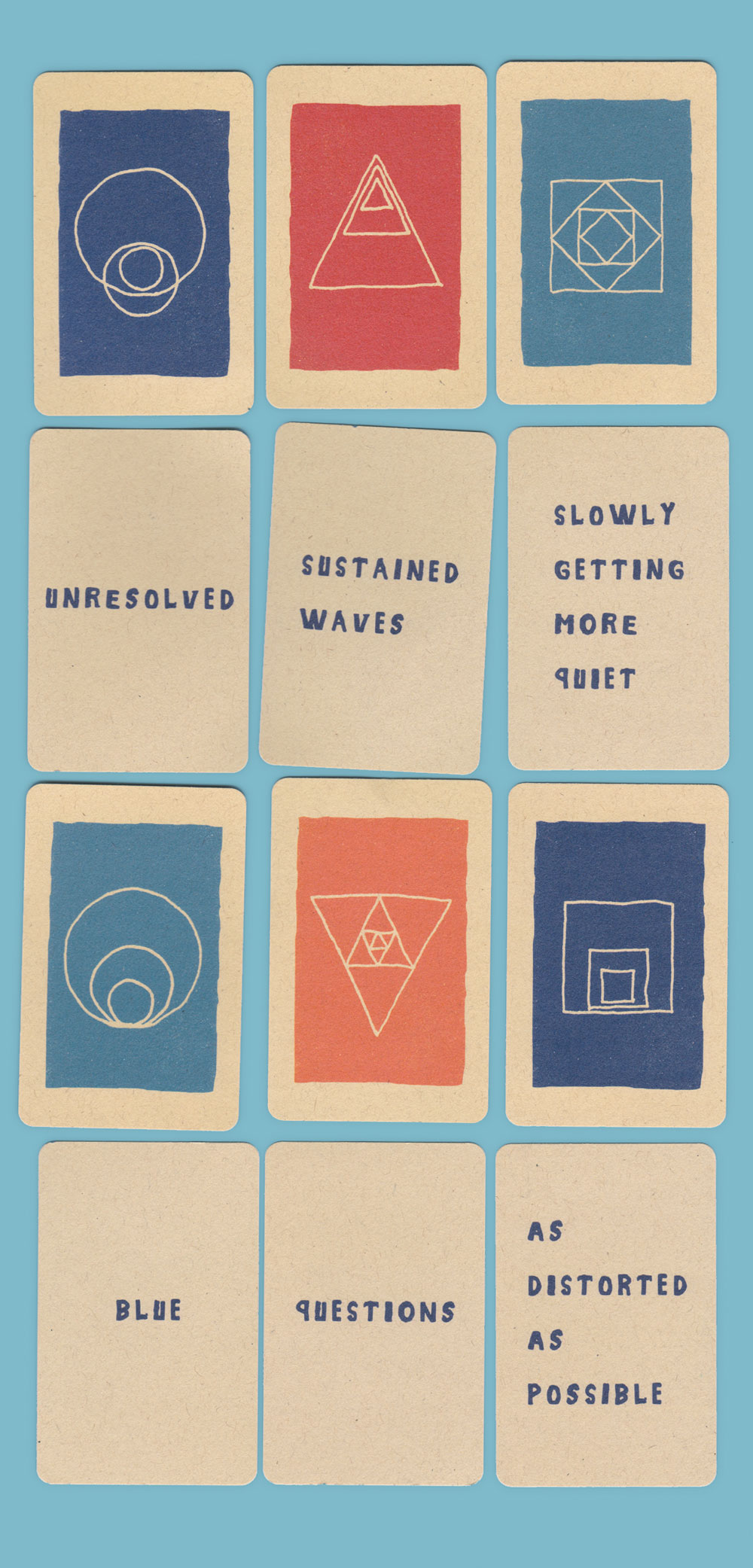During my attendance of the NAMM Show in April 2023, I saw many new and unique products. Audiomovers showed me Inject, a plug-in for recording iPad virtual instruments directly into a DAW using only a USB cable, and Omnibus 2.0, the latest update of the company's virtual patchbay that can freely route audio between applications and device drivers that support Core Audio. Both software solutions can ease the annoyances many of us experience whenever there are software instruments or multiple DAWs in play. If you've ever had a client with an iPad synth or a looping performance to add to a song, you'll understand. Also on the utilitarian front, NUGEN Audio Jotter is a plug-in with a free companion application for collaboratively annotating individual DAW tracks or standalone soundfiles. Time-stamped comments can be shared between engineers, producers, and musicians; and everyone can add, edit, and checkmark the notes (review coming soon). Sony introduced the MDR-MV1 open-back headphone that, to my ears, sounded beautifully detailed and refreshingly neutral for high-resolution stereo playback, but it's also optimized to work with object-based and three-dimensional audio systems, including Sony's own 360 Virtual Mixing Environment. 360 VME relies on tiny mics to measure your Head-Related Transfer Function (HRTF); subsequently, the system processes the signal feeding your headphones to create a virtual mix environment of any physical environment that has also been measured. The idea is that you can take the 3D speaker-room response of your favorite mix room anywhere with you by listening in 360 VME on headphones. Speaking of room response, the PSI Audio AVAA C214is the taller (but skinnier) sibling of the original AVAA C20 active bass absorber [Tape Op #114] that I consider to be one of the most groundbreaking products in acoustic treatment. I already own a pair of C20s, and I want to add two C214s to my new Nashville control room. And on the topic of object-based audio, the Ex Machina Soundworks Titan multichannel speaker system utilizes four compact, bi-amped, co-axial monitors connected to a single external DSP processor/amplifier. Dolby Atmos anyone? For ease of installation, only one speakON cable connects each speaker to the central amp, and standard VESA mounting points are on the rear of the speakers. The Roswell Pro Audio Aztecis a no-compromise, large-diaphragm, tube mic with an edge-terminated capsule. Wait, I take that back – the body is still a cheap off-the-shelf component. But everything inside spares no expenses, and given how other Roswell mics [#109, #117, #129, #137] have been received, I have no doubt that Aztec will compete favorably with mics twice its price. The Black Lion Audio PBR TT96-point patchbay utilizes a custom jack design with an obsessively tweaked response curve for patch cable insertion and removal force. If you appreciate mechanical QWERTY keyboards with Cherry-style tactile keyswitches, then this patchbay is for you. You'll never have to worry about partially inserted TT patch cables again. The 500 Series Cranborne Audio Carnaby Harmonic EQ looks like it has the same boost/cut and frequency knobs as a bog-standard semi-parametric EQ, except that these pots adjust the ratio of clean signal vs. harmonic saturation in accordance with the EQ curves. The effect is immediately intuitive and incredibly addictive – and I'm buying a pair. With a saturation process that's more on the subtle side, the Whitestone Audio P331-EVL Tube Loading Amplifier is designed for mix engineers who are happy with their stereo mix but would like to add a tiny bit of ear candy. The "EVL" version provides a greater range of saturation than theoriginal version for mastering [#145]. The 500 Series Empirical Labs PUMP compressor is the baby child of the Distressor [#32], the Mike-E CompSat section, and the Arouser [#117] attack-mod feature. I think Dave Derr [#33] is going to sell a 5h!t1o@d of these.

